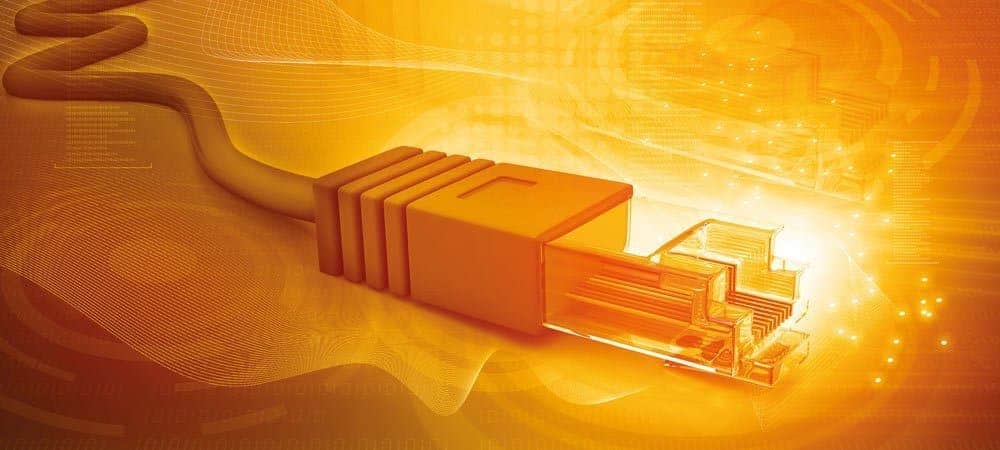Automation succeeds with the right middleware


The right middleware provides a user-friendly solution to couple all sides bidirectionally and reliably provide the required networking.
The company benefits from this with rising quality in production, higher production output, falling error rates and cost savings. The accompanying automation requires large-scale networking of the systems involved in production.
On the production side, these include the Programmable Logic Controller (PLC), which controls the equipment, or the Human Machine Interface (HMI), which as a visualization system allows operation, monitoring and control of production.
But the Manufacturing Execution System (MES), in which the production data converge and which allows the technical management to evaluate and analyze production processes via the graphic display, must also be integrated; as well as the machine and production data acquisition (MDE/BDE) and database systems, which can store certain data from production in the millisecond range.
On the commercial side is Enterprise Resource Planning (ERP), which manages the resource planning behind production with customer orders including quantities, products and delivery dates.
Printers, barcode readers, RFID readers, cloud applications, e-mail, MS Word and Excel are also added to the communication loop. If interfaces between systems cannot be easily coupled directly, middleware comes into play. It is able to establish communication between two or more systems such as control, HMI, ERP or database.
The OPC router for example, is one such tool that defines process flows. In this way, it makes exchange and thus simple, bidirectional communication possible. It understands, reads and writes all the languages involved and passes on the information - what data, when, where, to whom - at the right time.

The need in companies for such middleware is great, even if the ERP can already speak and understand protocols such as OPC UA or Rest and MQTT. Without middleware, processes would have to take place behind the logic in the ERP - where does the data come from, how must it be linked, which handshakings must be taken care of.
The logic can be extracted via the middleware: Then only what is needed to provide the data to an SAP system, for example, is important.
Middleware also ensures that the data arrives at the central ERP from the locations, even with large company structures, and represents a solution that is close to production.
The OPC router is linked to the SAP ERP/ECC by displaying data to be exchanged in boxes and linking them on the graphical user interface with drag-and-drop arrows.
On the OPC level, for example, these can be data points from the production or packaging plant; from the other side, the associated parameters with relevant process data are made available by SAP via interfaces such as RFC or Bapi, or the associated material master data and order data are made available via IDoc.
The arrows represent the corresponding connections in the communication. A variety of trigger mechanisms for data transfer exists. These conditions can be freely defined for most source systems. For example, a confirmation for the order can be triggered in the production system and this can be transferred to functionalities on the SAP side.
SAP can generate feedback messages via RFC and Bapi. They are in turn returned to the controller and it is confirmed that a data exchange has taken place.
The OPC router can also serve as an RFC host, address OPC from SAP and initiate a data exchange, for example a material information download or order download including the corresponding feedback to the SAP system.
The OPC Router has standard interfaces in all directions - OPC to the production level, SQL or ODBC to database applications, Rest and MQTT for the latest SAP and cloud systems - if IoT interfaces are not yet available at the production level.
In addition, a native SAP connection via RFC, Bapi and IDoc is possible. Corresponding RFC libraries are available for older SAP systems and NetWeaver libraries for newer systems. Other ERP systems can be connected via Web Service.
Note from the editor:
No reference has been made in this technical article to the resulting licensing requirements. Coupling SAP with third-party systems always includes the topic of "indirect" use and "digital access".






